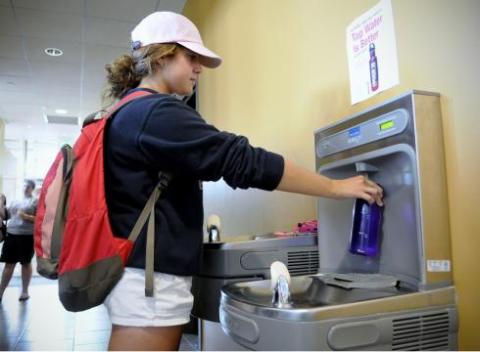I read an opinion piece earlier today by Columbia University faculty member, Steven Cohen, entitled The Transition to a Sustainable Economy May Happen Without the U.S. Federal Government. Several strong and sometimes witty points are addressed in the article, all of which are of reasonable importance. Overall, however, the piece points out the ever-increasing need for further developments in the realm of environmentally conscious change, through not only personal choices of society members, but through official government policies. The latter of which, we have surprisingly found to be almost entirely lacking in the U.S., despite further research on the matters that may very well affect the future.
One highlight of the piece that I do consider to be one of the more important elements, is a referenced letter from the co-CEO’s of Kohlberg Kravis Roberts (KKR), a major global investment firm. Although working predominantly within the financial industry, even KKR and its leaders strongly believe in higher levels of sustainability practices. Among other things, they mention that such initiatives will lead to a better use of resources, as well as a more profitable business. It is essentially a win-win situation, so long as adequate effort is put into it.
A major distaste for the U.S. government’s lack of response to trending issues on limited resources and needed sustainability is openly expressed by Cohen as well. To be honest, he is rightfully disappointed. However, as I continued to read on and hop around the Huffington Post website, I did come across a slideshow list of the Greenest Celebrities. I usually find such things hard to stomach, but in this case, I was immediately drawn in. Some of the members of the list came as no surprise, but others I found to be quite the opposite. I think its worth checking out and reading up on each of the celebs, but no matter how you view the issues, it can give a little more hope to the cause – although government officials seemingly refuse to take steps forward, perhaps with high profile individuals like celebrities pushing for advancement and programs, the green movement has large-scale hope yet.


